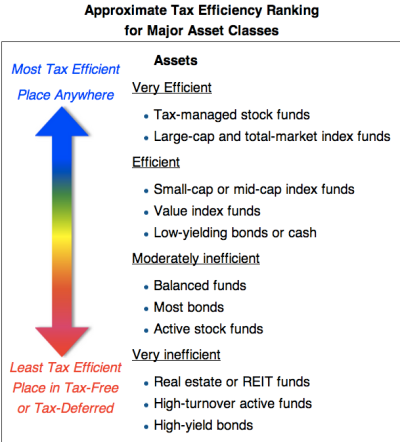inquisitive
Recycles dryer sheets
- Joined
- Apr 7, 2008
- Messages
- 223
During years when the stock market is up, rebalancing in a normal account will result in long-term capital gains. This is going to add up over the years. Does it make sense to rebalance only for assets that have had losses (if it needs to be rebalanced) and add new funds over the following year in lieu of rebalancing? If done consistently over time it almost seems like mimicking the benefits of a retirement account! Also since no asset will consistently do well and thus even out on their own somewhat, maybe it could be possible to achieve the same allocations just by adding new funds? (I am primarily an equity investor so will not have stocks outpacing bonds)
Since I only invest in ETFs and mutual funds, largely index, I could see myself holding them for the long-term, as opposed to individual stocks, which I might have to sell.
Has anyone been doing this?
Since I only invest in ETFs and mutual funds, largely index, I could see myself holding them for the long-term, as opposed to individual stocks, which I might have to sell.
Has anyone been doing this?

